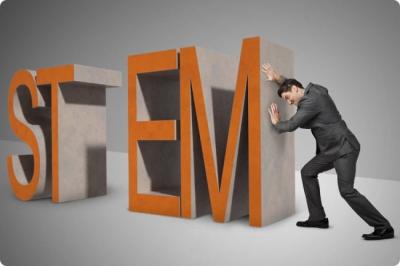Grade Gaps Reflect Course Problems, Not Students' Shortcomings

From article by Jessica Blake for Inside Higher Ed.com
Many have argued that increasing diversity and inclusion in STEM comes at the cost of lowering standards, but a recent report adds to what its authors say is “a growing literature” that debunks these claims. Instead, the report’s findings show that slight changes to course structure could close or even remove equity gaps without altering the level of mastery expected.
“There’s a predominant myth that you need to lower the intellectual level of a course in order to accommodate diversity and inclusion,” said Cassandra Paul, a physics education researcher at San José State University and co-author of the report. “That’s something that we want to push back on.” The report, published earlier this month in Physical Review Physics Education Research, observed how two separate structural changes made to introductory physics courses each closed a historic grade gap for a different minority group.
One variation altered the order in which course content was introduced. The other altered how tests were given. Both resulted in narrower achievement gaps. The analysis concludes that professors should stop approaching instruction from a “student deficit” perspective and start thinking about a “course deficit.”

